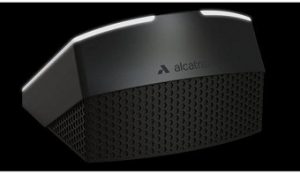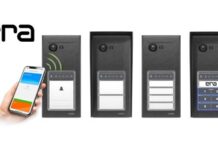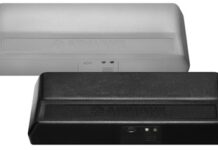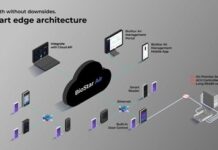
Alcatraz, developer of secure frictionless access control products, has released a key mask detection feature that can help businesses abide by mandated mask requirements while preserving physical security processes. As the country has experienced increasing COVID-19 cases, dozens of states – including California, New York, Texas, Illinois, and Pennsylvania – are now requiring the use of facemasks as businesses and individuals return to work and commerce. Mask mandates can dictate that individuals must wear masks in any public building, on transportation, and even outdoors if one can’t remain six feet away from other individuals.
Mask requirements could present a safety issue for building operators as security systems that rely on security guards or video verification might currently require a bare face to authenticate entry. The Alcatraz Rock facial authentication platform’s new mask-detection feature can quickly indicate whether authorised access control users are abiding by state mandates. The Alcatraz Rock delivers a touchless and secure physical access control platform that works with any access control system. It replaces or augments badging as a credential with facial recognition, 3D sensing, and artificial intelligence to enable highly secure and frictionless entry into physical locations.
The Rock uses passive 3D sensing, machine learning for increased security, and accurate tailgating detection while intelligently enrolling employees as they badge in. The Alcatraz Rock is in the unique position as the hub on the edge between the badge reader and access control software, serving as the gateway by checking whether employees wear a mask even before their badge number is sent to unlock the door. This eliminates the need for adding security guards to manually check and enforce facemask compliance.
There are also additional post-COVID benefits to a facial authentication access control platform like Alcatraz’s. For example, the Rock platform reduces touchpoints in a building which is key to reducing the spread of germs – unlike other biometrics including fingerprint readers which actually increase the number of touchpoints.











